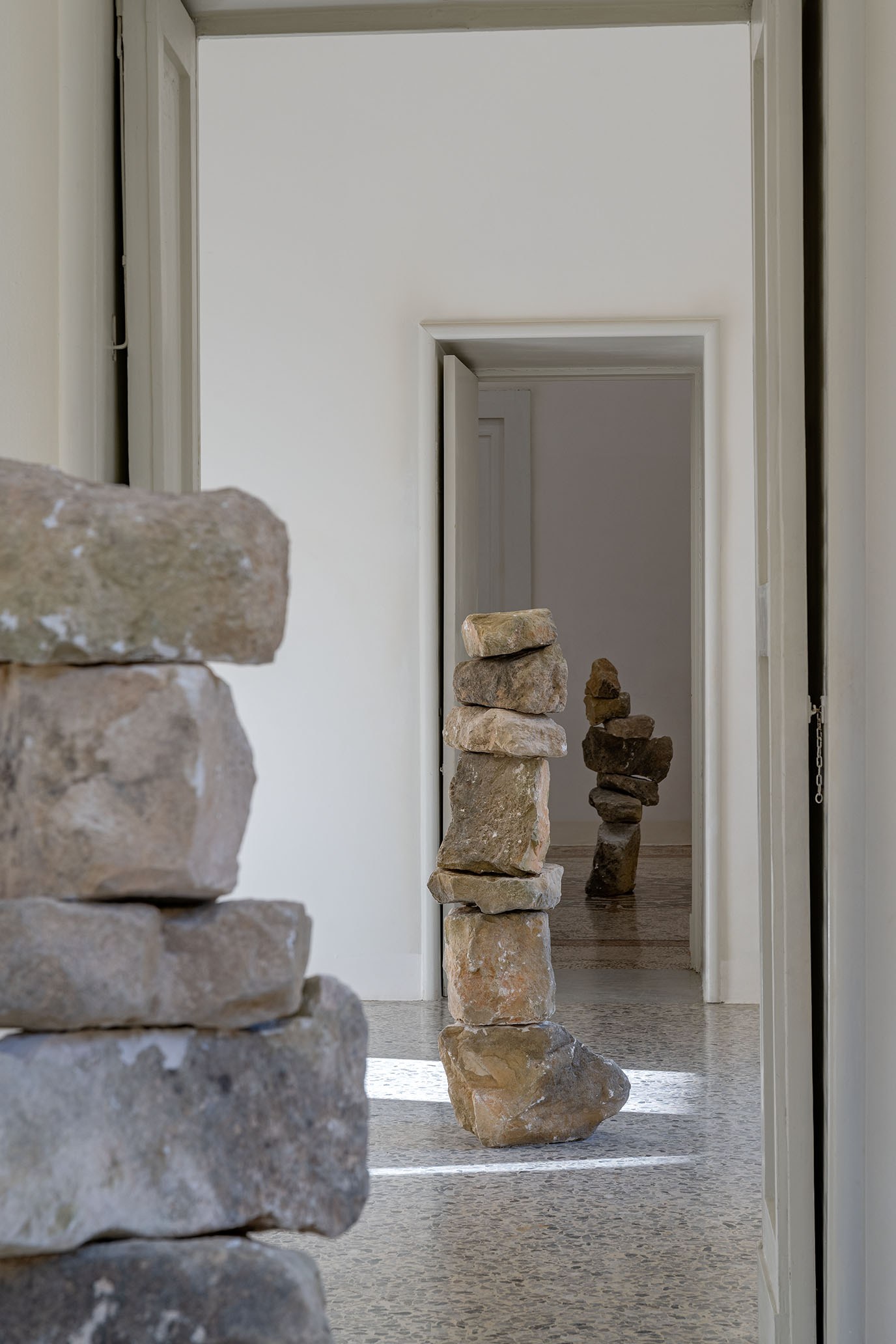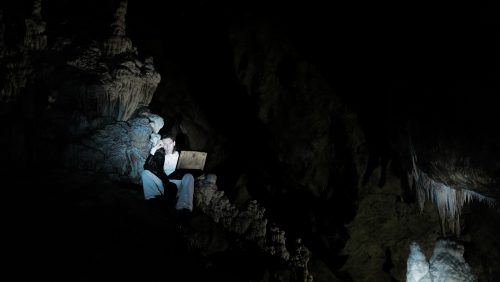
Lydia Ourahmane
Vendesi

Lydia Ourahmane, Mirror, 2022, 7 pietra calcarea (limestone) from Ostuni, Puglia, 121 x 56 x 20 cm
Advertisement

Lydia Ourahmane, Mirror, 2022, 7 pietra calcarea (limestone) from Ostuni, Puglia, 121 x 56 x 20 cm (detail)

Lydia Ourahmane, Mirror, 2022, 7 pietra calcarea (limestone) from Ostuni, Puglia, 121 x 56 x 20 cm

Lydia Ourahmane, Vendesi, 2022, installation view

Lydia Ourahamane, Carovigno, 2022, Black & white hand-printed uncut photograph, Xylella fastidiosa infected olive tree from Casarano, Puglia, 60 x 45 cm

Lydia Ourahmane, Vendesi, 2022, installation view

Lydia Ourahmane, Mother tongue, 2022, 7 pietra calcarea (limestone) from Ostuni, Puglia, 139 x 52 x 37 cm, 2022, (detail)

Lydia Ourahmane, Vendesi, 2022, installation view

Lydia Ourahmane, The land will soon be burned, 2022, 7 pietra calcarea (limestone) from Ostuni, Puglia, 141 x 48 x 31 cm (detail)

Lydia Ourahmane, Economy of freedom, 2022, 7 pietra calcarea (limestone) from Ostuni, Puglia, 130 x 70 x 44 cm

Lydia Ourahmane, Vendesi, 2022, installation view

Tender point, 2022 Black & white hand-printed uncut photograph, Xylella fastidiosa infected olive tree from Casarano, Puglia 60 x 45 cm

Lydia Ourahmane, Vendesi, 2022, installation view

Lydia Ourahmane, Economy of freedom, 2022, 7 pietra calcarea (limestone) from Ostuni, Puglia, 130 x 70 x 44 cm

Lydia Ourahmane, Vendesi, 2022, installation view

Mother tongue, 2022 7 pietra calcarea (limestone) from Ostuni, Puglia 139 x 52 x 37 cm
Vendesi is the Italian word for ‘sale’. It is the threshold between the person and the object or position of desire. Both seek fulfillment in one another, the potential to love and be loved, to care for and in turn to offer a space through which to practise that care. It begins in Puglia, in the pit of an active quarry.
“I want to get in touch with your ex.”
There are 28 stones that comprise the exhibition, from the town of Ostuni where they fell in love. The stonemason walked to Italy over the course of 16 months. He promised love, protection, a family, if she were willing to leave her life for him. Together they made 4 pillars, each consisting of 7 stones, carved to balance one upon the other. They were cut at their meeting point, exposing calcium white, which will weather over time. Limestone is extremely durable but can suffer substantial deterioration, such as the loss of precise detail. His hands would carve each and every stone.
One pillar sits in the centre of each room.
"Jamie" (2022) is one of five uncut black & white photographs shot on the land of a property in Carovigno, where the trees are still alive. The photographs are framed in olive wood, infected by Xylella fastidiosa, a bacteria which has killed millions of olive trees in the region. At the site of a farm owner's land where all of the trees were being cut down, they went early one morning and cut one single tree. They drove the infected trunks to a carpenter to prepare the wood which would frame each photograph. The land has since been burned.
Each pillar is to be sold to facilitate the purchase of a stone house with 2 acres of land.




